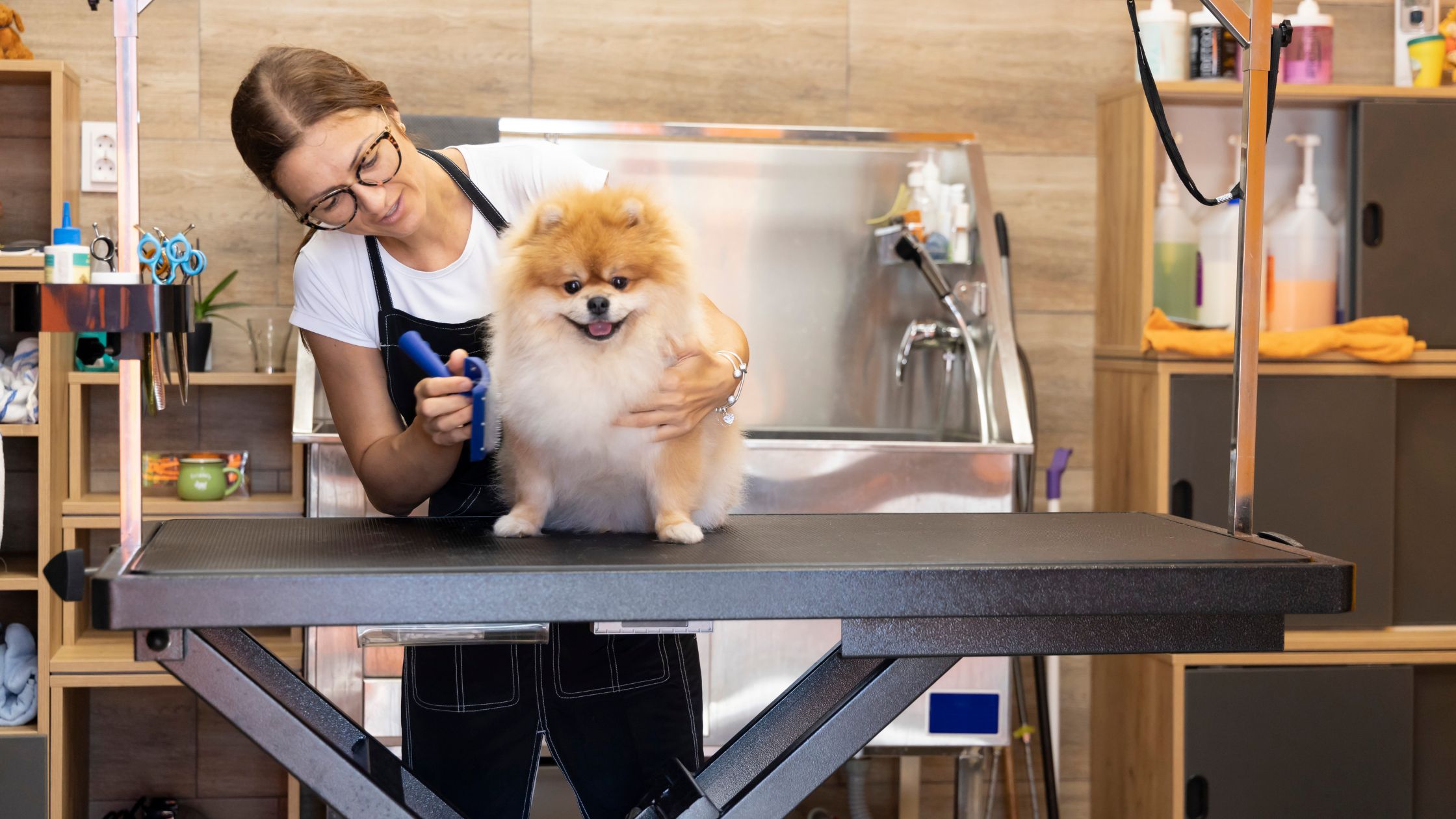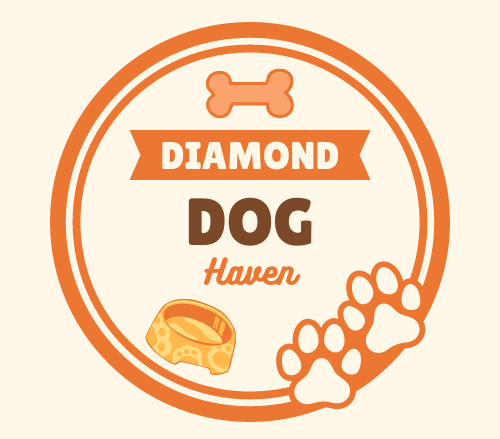Have you ever wondered how often your furry companion should visit the groomers to maintain their best appearance and health? It’s a question that many pet owners ponder, and the answer may vary depending on several factors unique to your dog.
From breed and coat type considerations to lifestyle and activity level, there are numerous aspects to take into account when determining the ideal grooming schedule for your canine companion.
But fear not, as we will unravel the mystery and provide you with expert insights to help you make the best grooming decisions for your beloved pet. And if you’re in search of a trustworthy groomer who understands the individual needs of your dog, you might want to check out petiquettecartel.com.au for their professional services and personalised care.
Key Takeaways
- Grooming frequency varies based on breed and coat type.
- Lifestyle and activity levels impact grooming needs.
- Regular grooming maintains hygiene and overall well-being.
- Professional grooming aids in preventive care and appearance.
Breed and Coat Type Considerations
When determining how often your dog should go to the groomers, consider their breed and coat type to ensure proper care. Different breeds require varying levels of grooming maintenance. Dogs with long or thick coats, such as Golden Retrievers or Poodles, typically need more frequent grooming sessions to prevent matting and tangles. For these breeds, a visit to the groomer every 4-6 weeks is recommended to keep their coats healthy and manageable.
On the other hand, short-haired breeds like Beagles or Dalmatians may not need as frequent grooming since their coats are easier to maintain. These dogs can usually go to the groomer every 8-12 weeks, depending on their individual needs and activity levels. Regular grooming is essential for all dogs, but the frequency can vary based on breed-specific requirements.
Understanding your dog’s breed and coat type is crucial in determining the right grooming schedule to keep your furry friend looking and feeling their best. Be sure to consult with your groomer for personalised recommendations based on your dog’s unique characteristics.
Lifestyle and Activity Level
Considering your dog’s lifestyle and activity level is essential in determining how frequently they should visit the groomers to maintain their hygiene and overall well-being. To make an informed decision, take into account the following factors:
- Activity Level: Dogs that are highly active and enjoy outdoor adventures may need more frequent grooming sessions to remove dirt, debris, and mats from their coat.
- Water Activities: If your dog loves swimming or playing in water, regular grooming can help prevent skin issues caused by trapped moisture.
- Long Hair Breeds: Breeds with long hair, such as Golden Retrievers or Afghan Hounds, may require more frequent grooming to prevent tangles and matting.
- Indoor vs. Outdoor Dogs: Dogs that spend more time outdoors may need more frequent grooming to manage dirt, insects, and potential skin irritations.
Regular Grooming Maintenance

To maintain your dog’s hygiene and appearance, regular grooming sessions are essential. Grooming helps keep your dog’s coat clean, free of tangles, and reduces shedding. Brushing your dog’s coat regularly not only removes dirt and debris but also helps distribute natural oils, keeping their skin healthy.
Depending on your dog’s breed, you may need to trim their nails every few weeks to prevent overgrowth and discomfort. Bathing frequency varies based on your dog’s activities and coat type. Dogs that spend a lot of time outdoors may need more frequent baths to remove dirt and odours. It’s important to use dog-specific shampoos to avoid skin irritations.
Additionally, cleaning your dog’s ears and teeth regularly can prevent infections and dental issues. Paying attention to grooming maintenance not only keeps your dog looking their best but also contributes to their overall health and well-being. Regular grooming sessions create a bonding experience and allow you to monitor your dog’s health closely.
Health and Skin Condition
Maintaining your dog’s health and skin condition is crucial for their overall well-being and happiness. Here are some tips to help you ensure your furry friend stays healthy and their skin remains in top condition:
- Regular Brushing: Brushing your dog’s coat not only helps to prevent matting and tangling but also promotes healthy skin by distributing natural oils.
- Balanced Diet: Providing your dog with a balanced and nutritious diet is essential for their skin health. A diet rich in omega-3 fatty acids can help maintain a shiny coat and healthy skin.
- Hygiene Practices: Regular baths with dog-friendly shampoos can help keep your dog’s skin clean and free from dirt or allergens that could cause irritation.
- Skin Inspections: Check your dog’s skin regularly for any signs of irritation, redness, lumps, or parasites. Early detection of skin issues can help prevent further complications and discomfort for your furry companion.
Professional Grooming Tips
For optimal care, incorporating professional grooming sessions into your dog’s routine will help maintain their appearance and hygiene. Professional groomers have the expertise to handle your dog with care and ensure they look and feel their best. Here are some essential grooming tips to keep in mind:
Regular Brushing: Brush your dog’s coat regularly to prevent mats and tangles. The frequency of brushing will depend on your dog’s breed and coat type.
Nail Trimming: Keep your dog’s nails trimmed to a comfortable length. Overgrown nails can be painful and cause mobility issues.
Ear Cleaning: Check your dog’s ears regularly for signs of infection or wax buildup. Gently clean the ears with a veterinarian-approved solution.
Teeth Care: Brush your dog’s teeth regularly to prevent dental issues. Use a canine toothbrush and toothpaste to keep their teeth clean and healthy.
Professional Touch-ups: Schedule regular grooming appointments to keep your dog’s coat trimmed, tidy, and free of matted fur.
Frequently Asked Questions
Can Grooming Help Reduce Shedding in Dogs?
Grooming can help reduce shedding in dogs. Regular grooming, such as brushing and baths, can remove loose fur and keep your pup’s coat healthy. Remember to consult a professional groomer for specific advice.
What Are Some Signs That My Dog May Need to See a Groomer More Frequently?
If your dog’s coat is matting easily, nails are long, or ears have a strong odour, it’s time to visit the groomer more often. Regular grooming can keep your furry friend clean and healthy.
Are There Any Home Grooming Techniques That Can Help in Between Professional Grooming Sessions?
To keep your pup looking fresh between pro grooming visits, try gentle brushing to prevent mats, trimming hair around eyes, cleaning ears, and brushing teeth. Regular upkeep at home can help maintain your dog’s overall cleanliness.
How Can I Find a Reputable and Experienced Groomer for My Dog?
To find a reputable and experienced groomer for your dog, ask for recommendations from other pet owners, read online reviews, visit the grooming facility beforehand, and ask questions about their experience and grooming techniques.
Are There Any Specific Grooming Products or Tools That Are Recommended for Certain Breeds or Coat Types?
For specific grooming products or tools suited to certain breeds or coats, consult a professional groomer or veterinarian. They can recommend brushes, shampoos, and tools that cater to your dog’s unique needs, ensuring their coat stays healthy and shiny.

